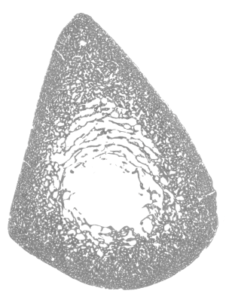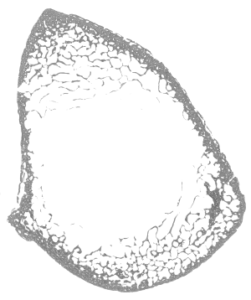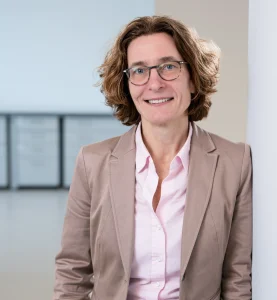POROUS is funded by the EU as part of the EIC Accelerator Program. The European Innovation Council (EIC) was founded by the European Commission in 2021. Its mission is to identify, develop and disseminate breakthrough technologies and innovations.
POROUS is funded by the Brandenburg Innovation Specialists program with funds from the European Union and the State of Brandenburg. The position of Digital Systems & Web Development Specialist provides key support for the digital transformation in the field of clinical trials and research data management. The focus is on developing innovative web technologies to optimize clinical processes, IT security, and the automation of data processing and analysis.
POROUS was funded by the ProFIT funding program of ProFIT of the State of Brandenburg (EFRE).
As part of the EU-co-financed “Big Digital” project, POROUS GmbH is receiving funding for introduction of a quality-compliant digital platform for CRM and supplier management. The aim is to optimize work processes while complying with the highest IT security, data protection, and QM standards.
POROUS is funded by the BMBFT for the POROUS-BMD2 study.
The aim of the study project is the clinical validation of a novel ultrasound-based method for determining surrogate bone mineral density and cortical bone microstructure, in order to establish a reliable, non-invasive approach for assessing bone health in patients with osteoporosis and to compare the measurements with established techniques such as DXA.












